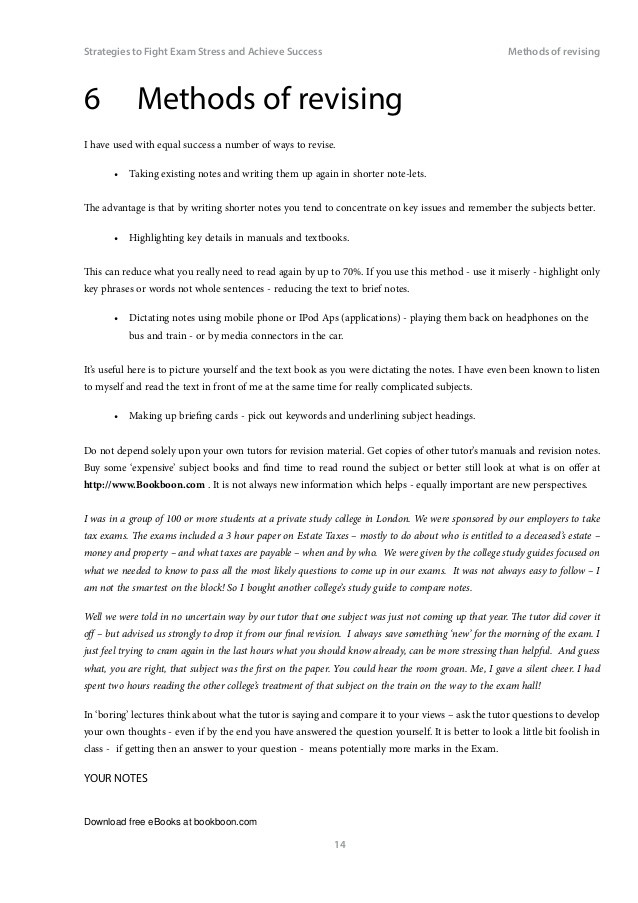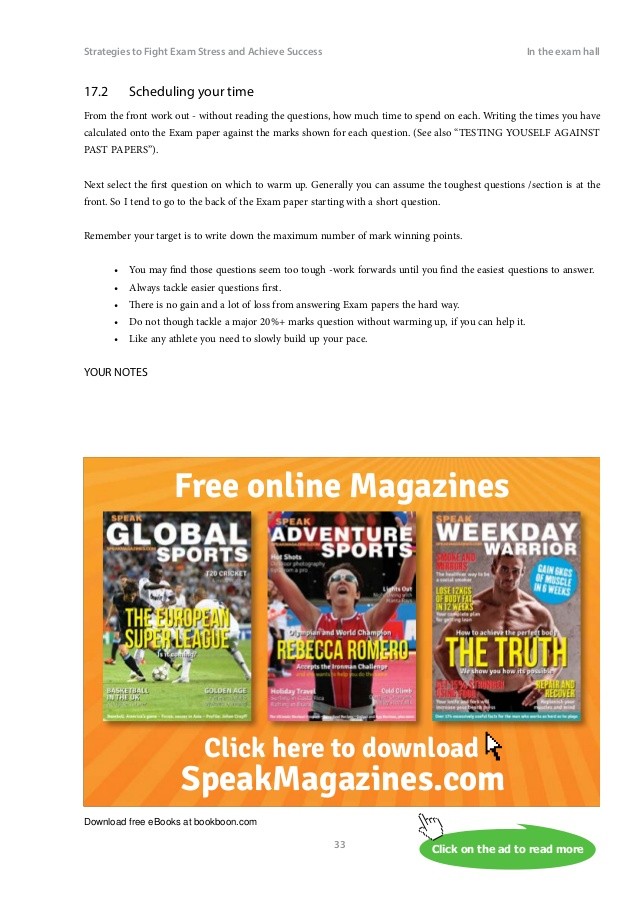Under Stress Five Ways to Examine Your Portfolio
Post on: 4 Апрель, 2015 No Comment

Real and everyday risks
News events around the world can trigger certain situations that may seem out of your control. These include inflation rates and interest rates. The two are tied together as one is used to manipulate the other, often with limited success.
Inflationary pressures bring stress to commodities markets. This increases the cost of doing business and may negatively impact the companies held by your mutual funds. This can affect smaller sized businesses differently than larger ones.
Unpredictable risks
Inflation and interest rate risks can increase slowly over time, often allowing the investor a window of opportunity to adjust their holdings accordingly. But other market stressors may not be so easy to spot. Natural disasters, political or economic upheaval or even social unrest may catch as our eye as they make news which can leave your portfolio suddenly exposed to the events.
Market risks: valuation
We may look at the markets as unpredictable with real and everyday risks but it goes beyond that. While there are numerous risks to consider, stress testing your portfolio for the following will depend on how you have allocated your mutual funds and more specifically, who is managing them.
Market risks: fundamental
Market risks: financing

The risks here can apply to mutual funds if they are actively managed. Financing risks involve the use of leverage, something an index fund does not do. You would need to check your fund’s prospectus to find out if your fund is allowed to use leveraged investments. Leveraged mutual funds usually promise to deliver two to three times the returns of the benchmark.
Most investors are confused by the term diversification. Many erroneously associate it with maximizing the returns in their portfolios. Instead, diversification, if done correctly, lowers the overall risk. Here’s how you diversify for all of the risky events mentioned above.
You should hold index funds across wide swaths of the market. They might be an large-cap index fund, one focused on small-caps, an international index and a total market bond index. If actively managed funds appeal to you, focus on those sectors and be careful of the fees and expenses involved.
You should look at adding some gold or precious metals to your portfolio. The easiest way to do this is with exchange traded funds. Yet in most instances, the percentages you should allocate to this might be too low to make much of an impact. Instead look at broader commodity indexes that further spread the risk.
And lastly, you should have a sort of love-hate relationship with your portfolio. Diversification shouldn’t make you comfortable. You should take the time to monitor your portfolio’s progress through these events, which often come in short bursts both up and down. A well-diversified portfolio will make you nervous for some of your holdings and glad because other investments weathered the storm. When those ‘bursts’ occur, your portfolio won’t miss the upside and will probably suffer less in the other direction.














